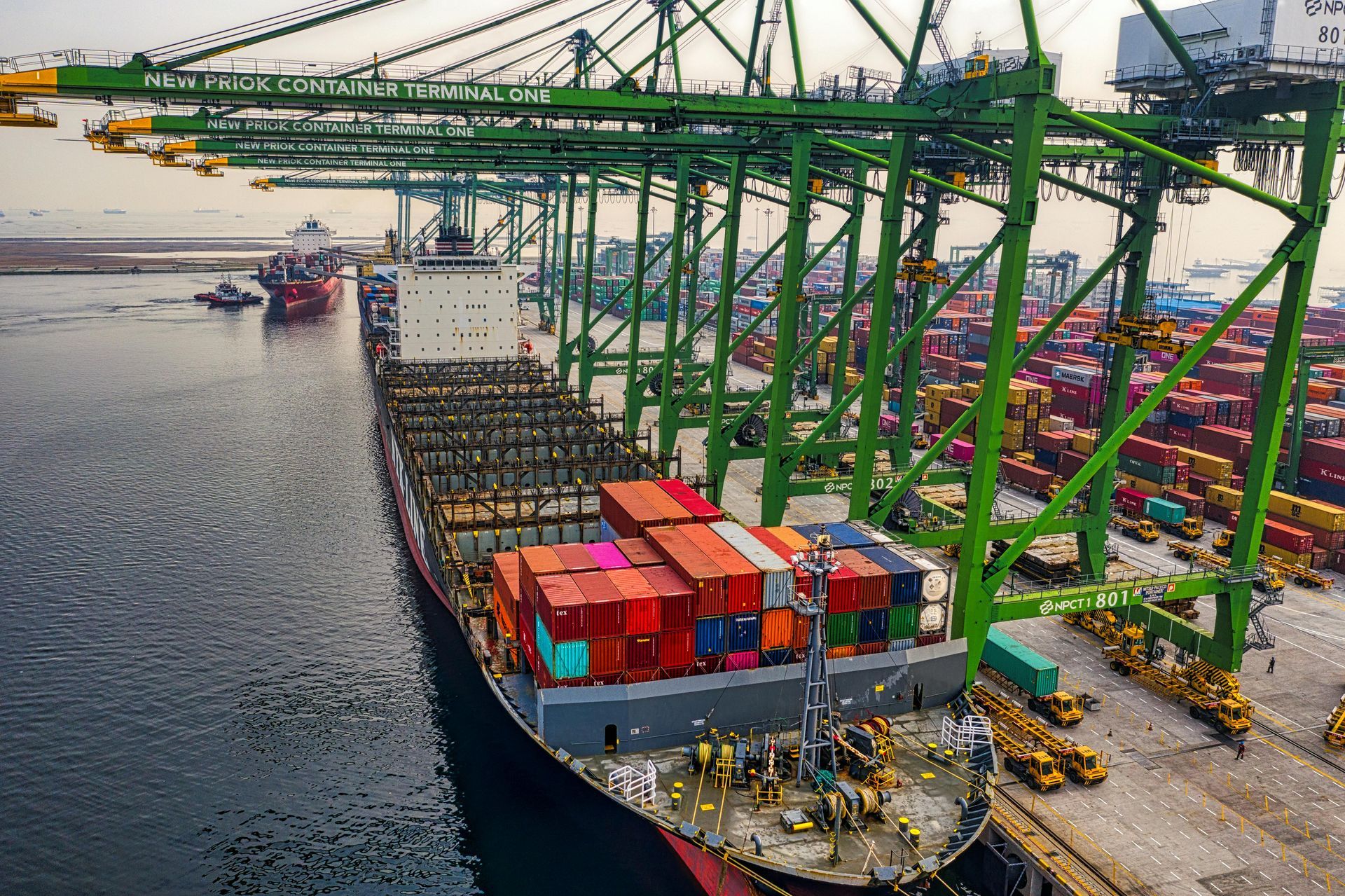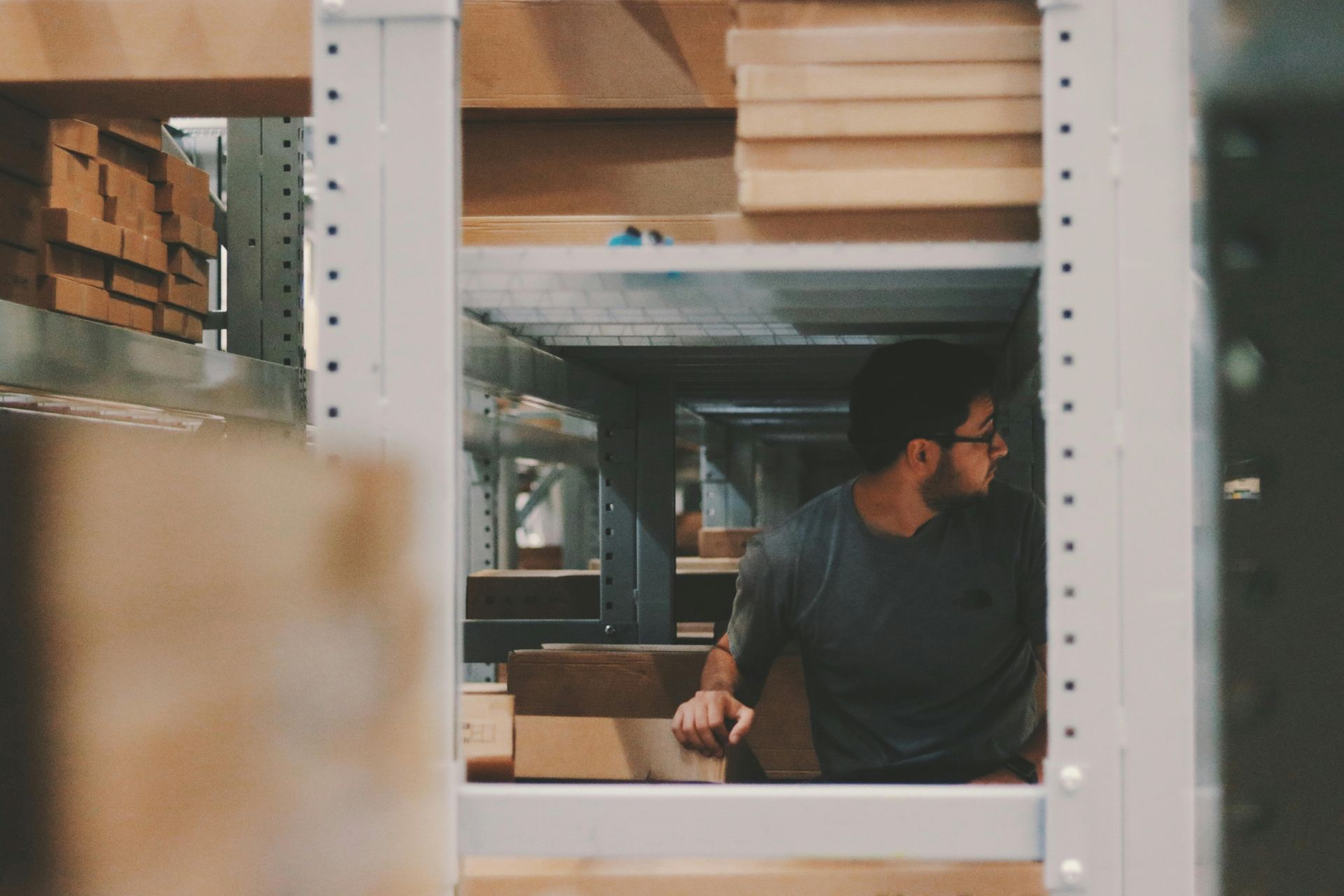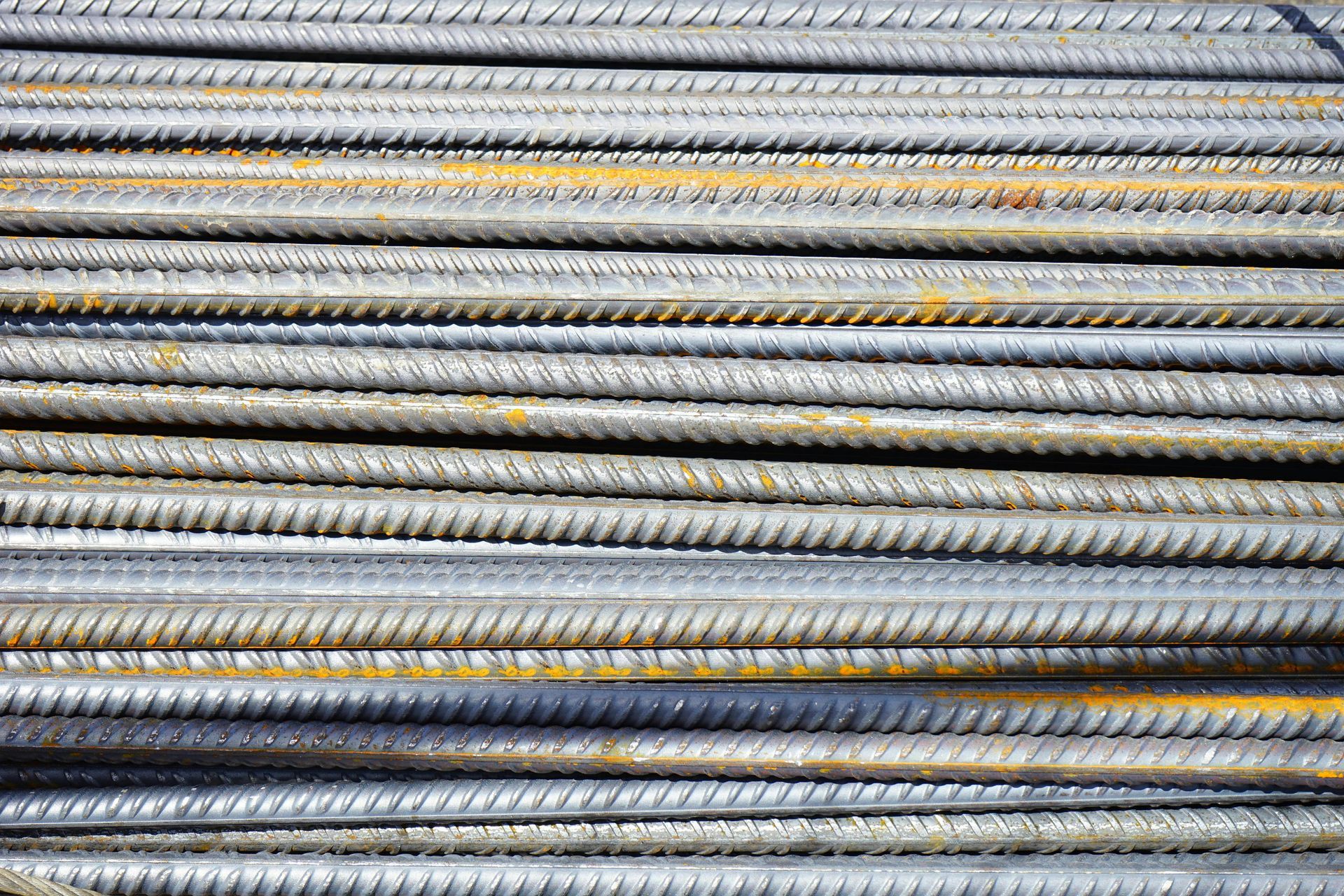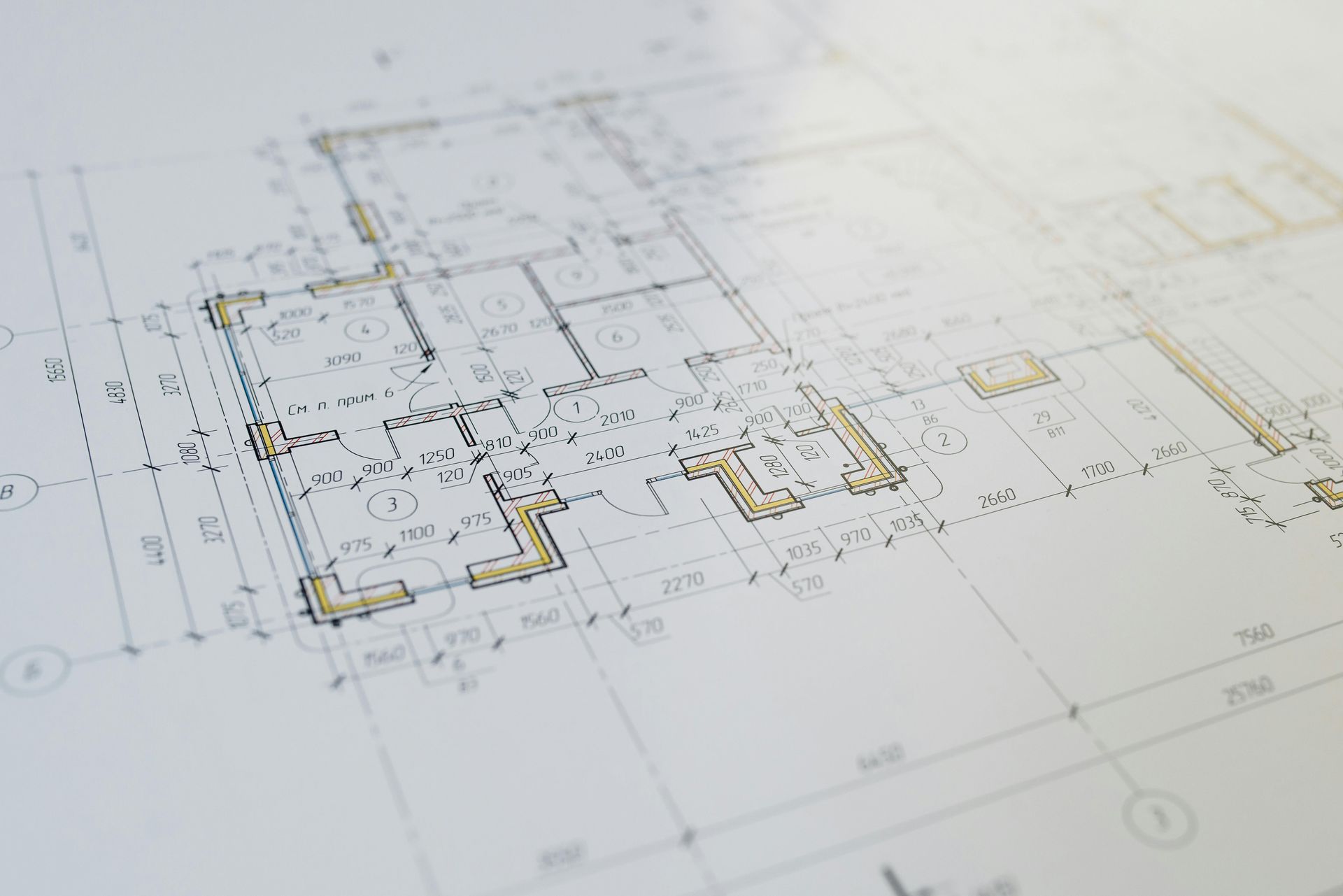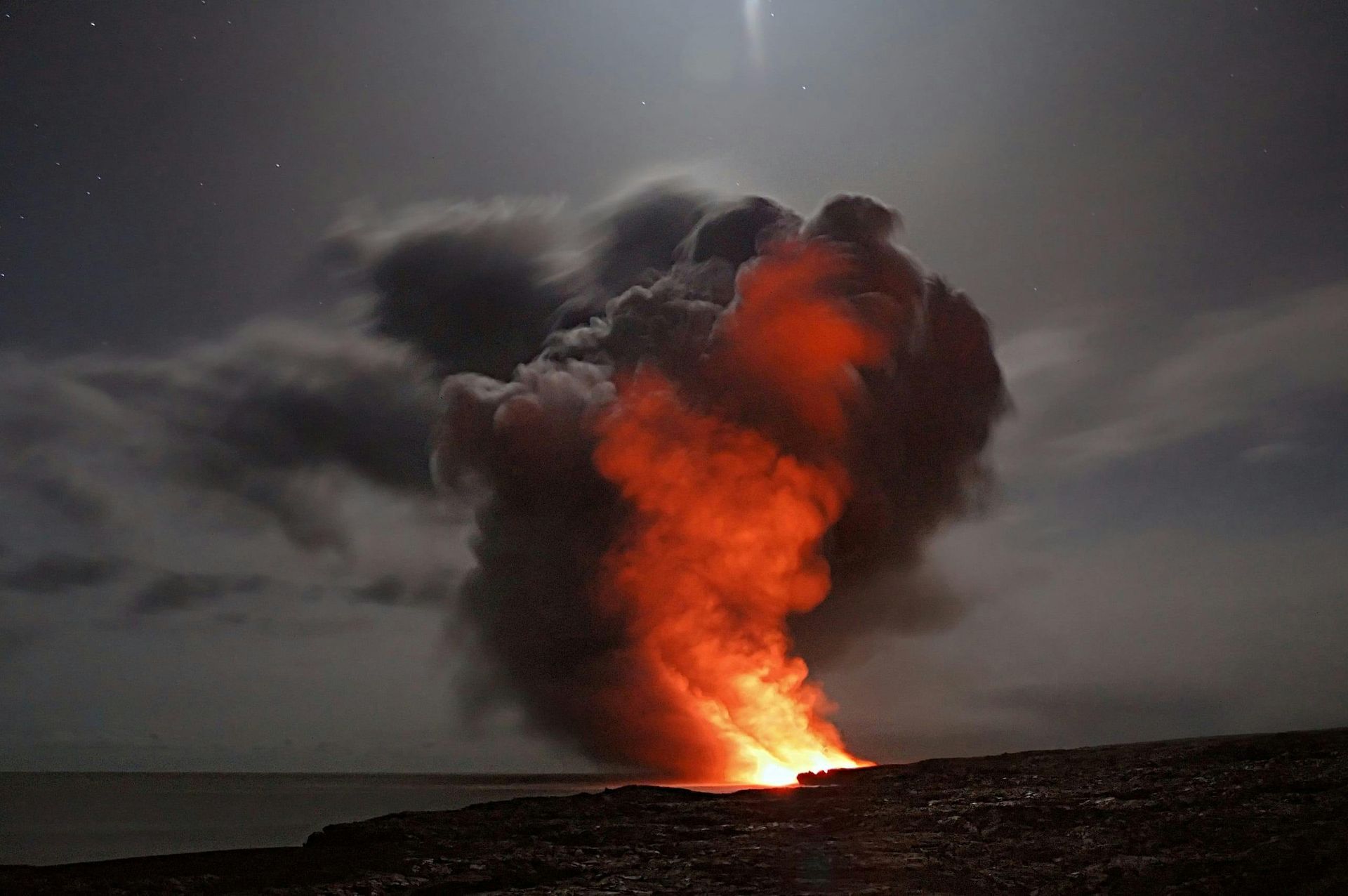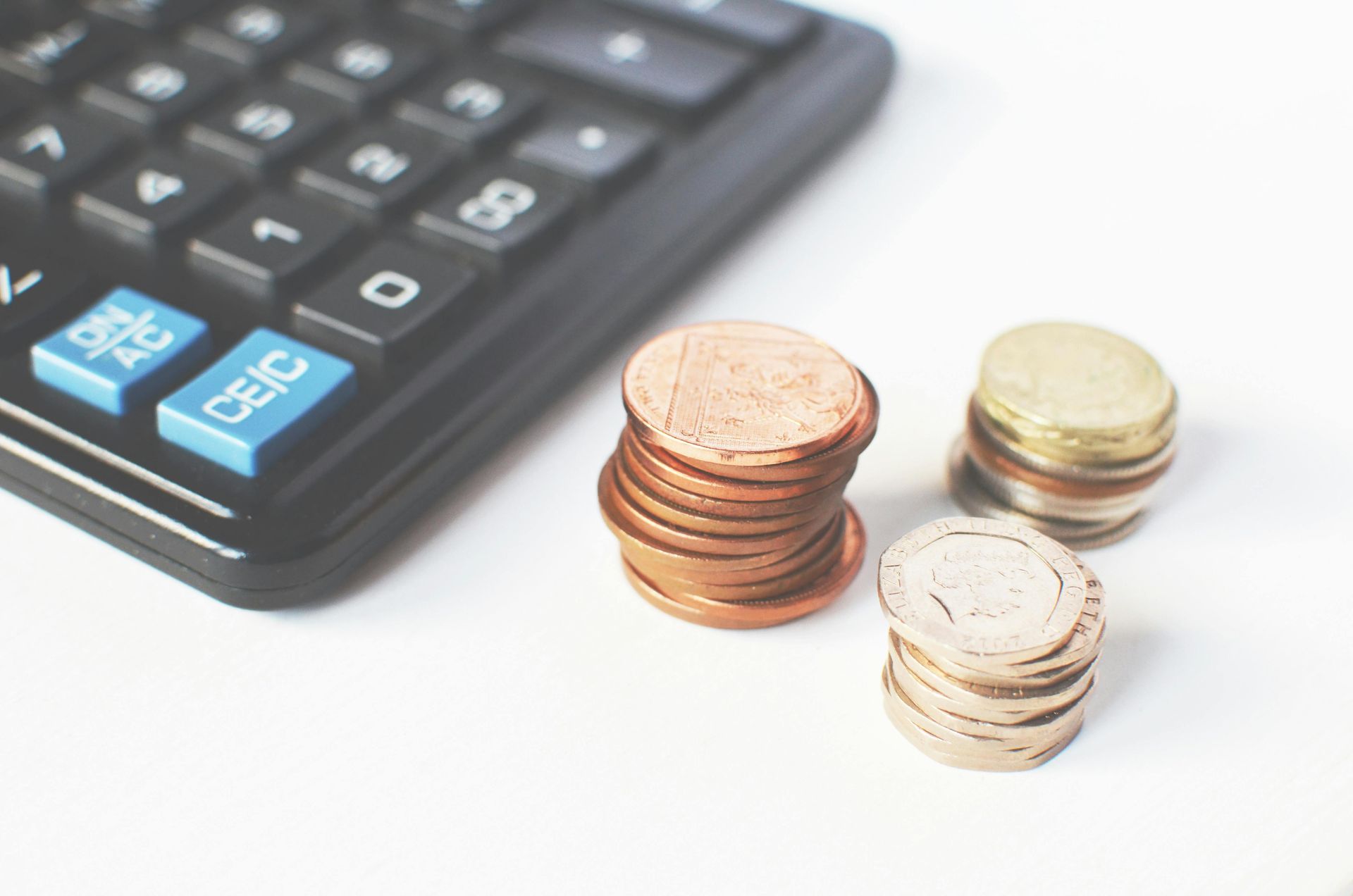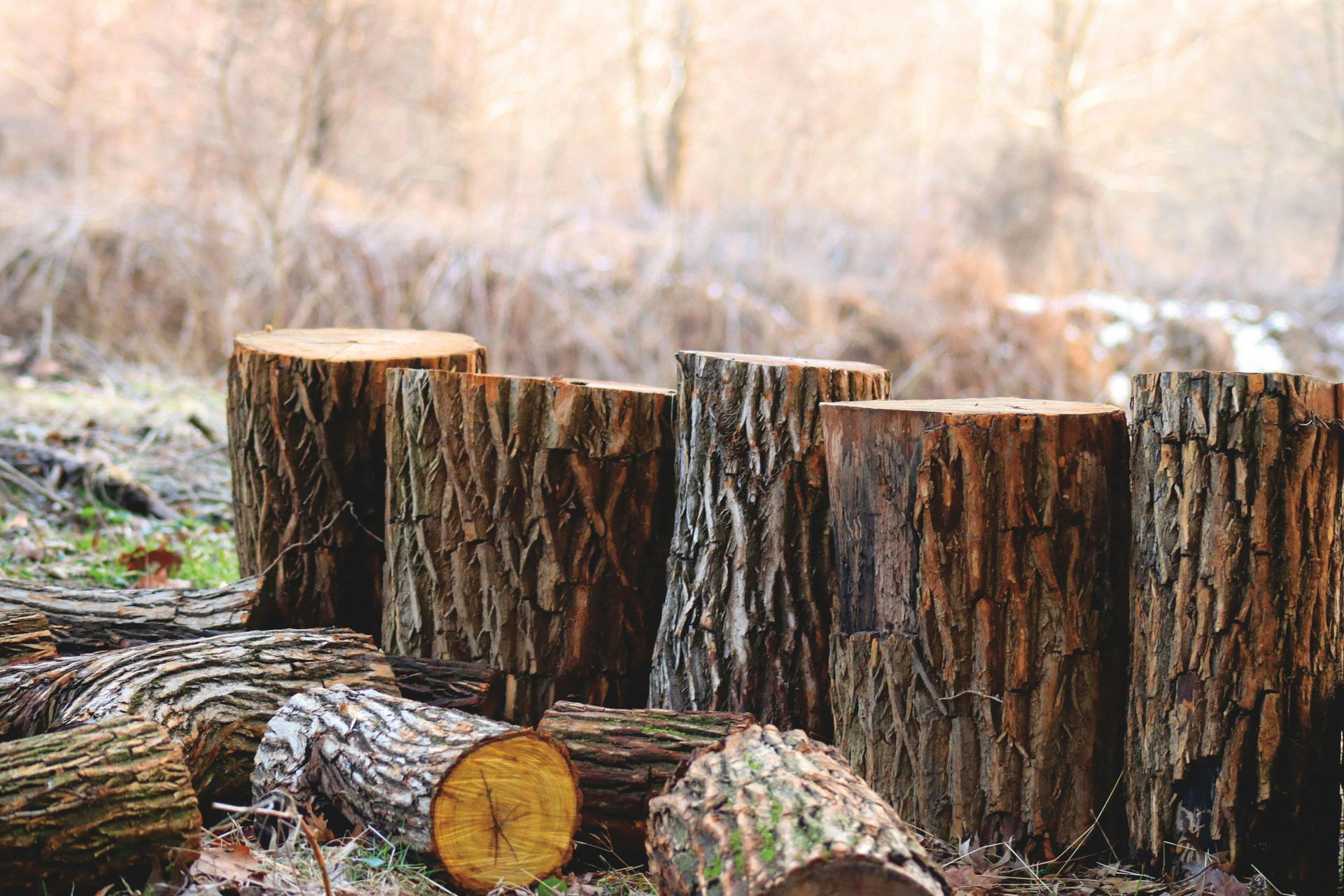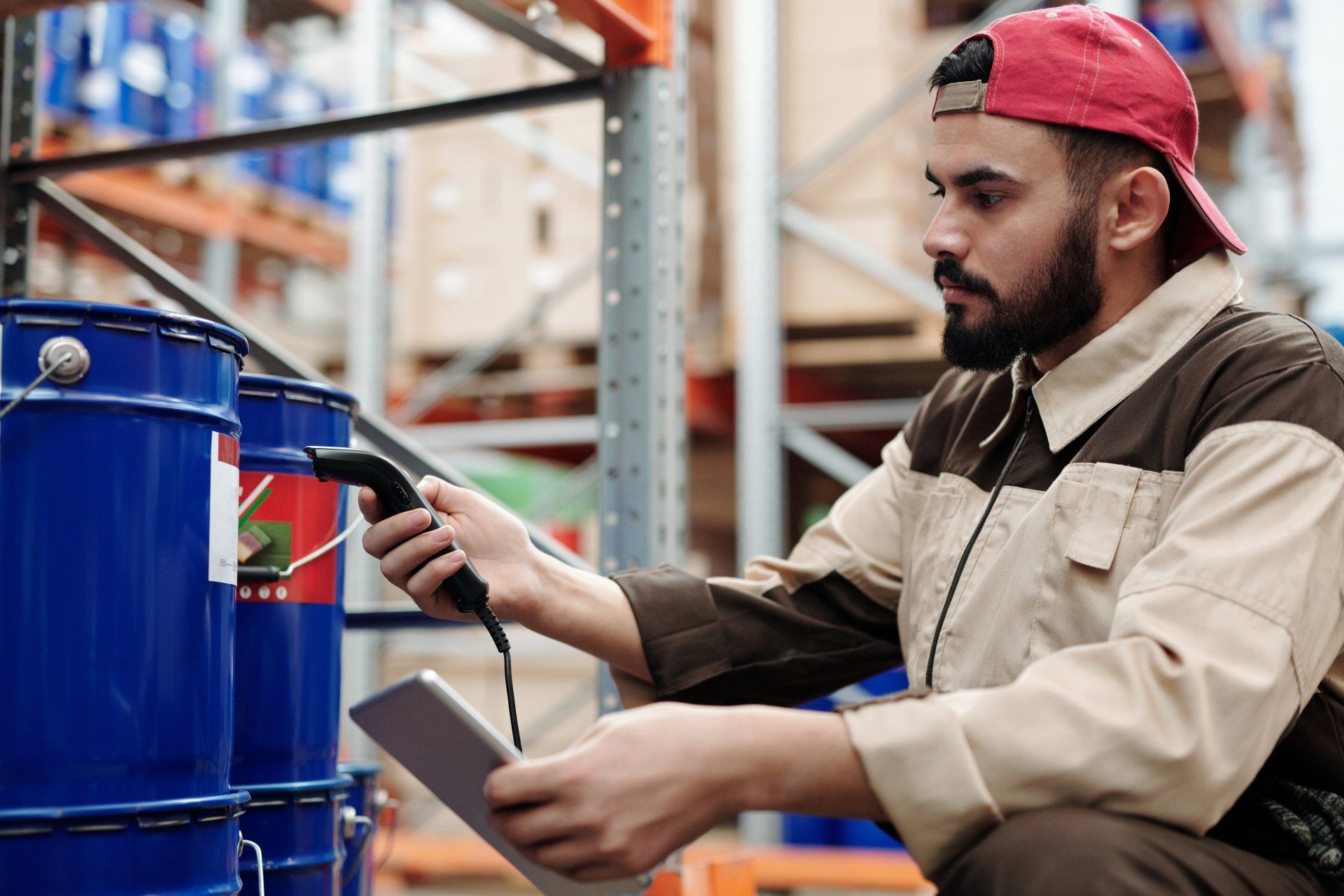Top 5 Construction Trends in MDUs for 2021
With urbanization on the rise and a growing demand for high-density housing, Multiple Dwelling Units (MDUs) are at the forefront of residential construction. Developers are responding to this demand with innovations that prioritize sustainability, health, technology, and community. In 2021, the MDU market saw accelerated adoption of trends influenced by global events, shifting resident expectations, and the need for smarter, more efficient living spaces. Below, we explore the top five trends transforming MDU construction and shaping the future of multi-family housing.
Emphasis on Sustainable Building Materials and Eco-Friendly Design
With climate change and resource conservation front of mind, sustainable building practices have become non-negotiable for developers in 2021. MDUs are uniquely positioned to implement large-scale sustainability measures, which benefit the environment, lower operational costs, and attract eco-conscious tenants.
- Reclaimed and Recycled Materials: Developers are increasingly opting for materials like reclaimed wood, recycled metal, and eco-friendly concrete. Using reclaimed wood in interiors and recycled metal for structural elements reduces waste and limits the carbon footprint associated with manufacturing new materials. Low-carbon concrete options, made with recycled aggregates or carbon-capture technology, offer a more sustainable alternative for foundations and flooring.
- Green Roofing and Wall Systems: In urban areas, green roofs provide insulation, reduce the heat island effect, and offer residents a green space for relaxation. Rooftop gardens with native vegetation are not only visually appealing but also help manage stormwater by absorbing rainfall, which reduces runoff and flooding. Green wall systems with live plants also help improve air quality and add a natural aesthetic to building facades.
- Energy Efficiency: In addition to sustainable materials, developers are investing in energy-efficient design features like high-performance insulation, double- or triple-glazed windows, and low-energy HVAC systems. Energy-efficient MDUs consume less power, reducing utility costs for tenants and lowering the building’s overall environmental impact.
- Renewable Energy Integration: Solar panels and even small wind turbines are increasingly common in MDU developments. By generating renewable energy onsite, MDUs reduce their reliance on fossil fuels and provide residents with cleaner, potentially more affordable energy.
The move toward eco-friendly building practices aligns with both regulatory pressures and consumer demand for sustainable living. As more MDUs adopt these methods, we’re likely to see new standards for green building across the industry.
Increased Demand for Smart Home Technology
Smart home technology became essential in 2021, partly due to an increase in remote work and the desire for more control over personal spaces. MDUs equipped with smart technologies offer enhanced convenience, security, and energy savings, benefiting both residents and property managers.
- Smart Thermostats and Lighting: Smart thermostats allow tenants to control heating and cooling remotely, adapting to their schedules to save energy and reduce costs. Automated lighting systems, often with motion sensors, turn off lights in common areas when they’re not in use. This not only conserves energy but also reduces wear on lighting fixtures, lowering maintenance needs.
- App-Controlled Features: From keyless entry systems to smart blinds, residents expect app-controlled home features that allow them to monitor and control their spaces from anywhere. This functionality enhances security by letting residents lock or unlock doors remotely, and it boosts convenience with systems that remember preferences and adjust accordingly.
- IoT-Enabled Maintenance Alerts: Internet of Things (IoT) devices are used by property managers to monitor building systems, helping prevent maintenance issues before they occur. For example, water sensors in plumbing systems detect leaks early, and HVAC monitoring alerts managers to potential malfunctions, preventing costly and disruptive repairs.
- Voice-Activated Assistance: Many MDUs are now pre-wired for voice-activated systems like Amazon Alexa or Google Home. This trend is especially popular among younger tenants who expect convenience, but it’s also helpful for accessibility, allowing individuals with mobility challenges to control their environment more easily.
Smart technology is no longer a luxury; it’s an expectation. MDUs that offer these features stand out in the rental market, appealing to tech-savvy tenants looking for homes that seamlessly integrate with their lifestyles.
Modular and Prefabricated Construction for Faster Timelines and Reduced Costs
With urban areas facing housing shortages and construction timelines impacted by labor shortages and material costs, modular and prefabricated construction methods provide a promising solution. This method speeds up construction, reduces waste, and improves quality control by allowing components to be built in controlled environments.
- Streamlined Construction Process: In modular construction, building modules are constructed in factories while site preparation occurs simultaneously. Once the modules are ready, they’re transported and assembled on-site. This parallel process can shorten construction timelines by up to 50%, allowing developers to meet demand faster and reduce the impact of external delays like weather.
- Precision and Waste Reduction: Building components in a factory setting enables precise measurements, reducing material waste. Factories can optimize the use of materials like wood, metal, and insulation, contributing to cost savings and environmental benefits.
- Labor and Cost Efficiency: Labor costs in modular construction are often lower due to reduced on-site labor needs and shorter project durations. Additionally, the assembly-line approach of prefabricated construction reduces the risk of delays from labor shortages or inclement weather, both of which have affected the industry in recent years.
- Design Flexibility: In 2021, modular construction has moved beyond simple, box-like designs to offer greater flexibility and customization. Developers can create unique layouts, include amenities like balconies, and incorporate modular units into visually striking buildings that feel bespoke rather than factory-made.
As the industry faces ongoing cost pressures, modular construction is likely to become more common. Its potential to deliver high-quality MDUs quickly and affordably makes it a compelling option for developers looking to expand urban housing options efficiently.
Health and Wellness-Focused Amenities
In light of the COVID-19 pandemic, health and wellness have become priorities for MDU residents, influencing design decisions in 2021. Tenants are seeking housing that supports a healthier lifestyle, and developers are incorporating amenities that align with these expectations.
- Enhanced Air Quality: Improving indoor air quality has become a focus, especially in high-density living spaces. MDUs now frequently include advanced HVAC systems with HEPA filtration, which reduces allergens, dust, and airborne pathogens. Air purification systems and better ventilation make shared spaces safer and more comfortable, creating a cleaner environment.
- Access to Green Spaces: Residents appreciate access to nature, and developers are responding by including gardens, rooftop terraces, and courtyards in their designs. Green spaces reduce stress, promote physical activity, and enhance well-being. For buildings with limited outdoor space, indoor biophilic design elements like plant walls and atriums help bring nature inside.
- Physical Wellness Amenities: Fitness centers, yoga studios, and outdoor exercise areas are increasingly common in MDUs. Developers recognize that on-site amenities allow residents to maintain their fitness routines without traveling to gyms, which became particularly important during pandemic lockdowns.
- Mental Health Support: Beyond physical wellness, mental health has also become a focus. Some MDUs are including meditation rooms, quiet workspaces, and relaxation areas to provide residents with spaces to unwind and recharge. These amenities contribute to a more balanced lifestyle and make the property more appealing to wellness-minded residents.
This wellness-focused approach to MDU design not only meets current demands but also adds long-term value by creating spaces that support resident health and well-being.
Mixed-Use and Community-Oriented Developments
The shift towards mixed-use developments is redefining what MDUs can offer. In 2021, MDUs increasingly combine residential units with retail, dining, and recreational spaces, meeting the needs of urban residents who prioritize convenience and community. These developments are more than just housing; they create a vibrant, walkable neighborhood within the building itself.
- Integrated Retail and Dining: On-site coffee shops, grocery stores, and fitness centers offer residents easy access to everyday conveniences. These services reduce the need for car travel, saving time and promoting a more sustainable lifestyle. Retail and dining options within the building add value for residents and create a community atmosphere.
- Coworking and Flexible Workspaces: With remote work now a standard option for many, flexible workspaces are a major selling point. Shared offices, coworking areas, and private meeting rooms are highly sought after in MDUs, providing a professional environment without the commute. This flexibility is attractive to residents working remotely and allows them to balance work and home life more effectively.
- Community and Social Spaces: Rooftop lounges, game rooms, and shared kitchens are increasingly common in MDUs, creating opportunities for social interaction. Some developments even offer event spaces that host classes, workshops, and community events. This emphasis on community building helps residents connect and fosters a sense of belonging.
- Transit-Oriented Design: Many mixed-use MDUs are built near public transit hubs or include features like bike-sharing stations and EV charging points, promoting sustainable commuting. These developments cater to tenants who prefer car-free lifestyles, making it easy to access work, entertainment, and services without relying on private vehicles.
This trend reflects a growing desire for community-oriented, connected living spaces where residents can work, socialize, and relax. Mixed-use MDUs are reshaping urban life, offering a lifestyle that balances the conveniences of city living with a strong sense of community.
Shaping the Future of MDUs in 2021
The top trends in MDU construction for 2021 highlight an industry that is responsive to modern demands for sustainability, technology, wellness, and community. By focusing on sustainable materials, smart technology, modular construction, wellness-centered amenities, and mixed-use design, developers are creating MDUs that not only serve as homes but as holistic living spaces. These trends address the shifting expectations of urban residents and anticipate future demands, positioning MDUs to play a key role in sustainable and adaptable urban development.
As we move forward, MDUs will continue to set new standards for urban housing, creating dynamic and efficient spaces that reflect the evolving needs of the modern city dweller. In 2021, MDUs are more than a trend—they represent a meaningful shift in how we live, work, and connect in urban environments.
